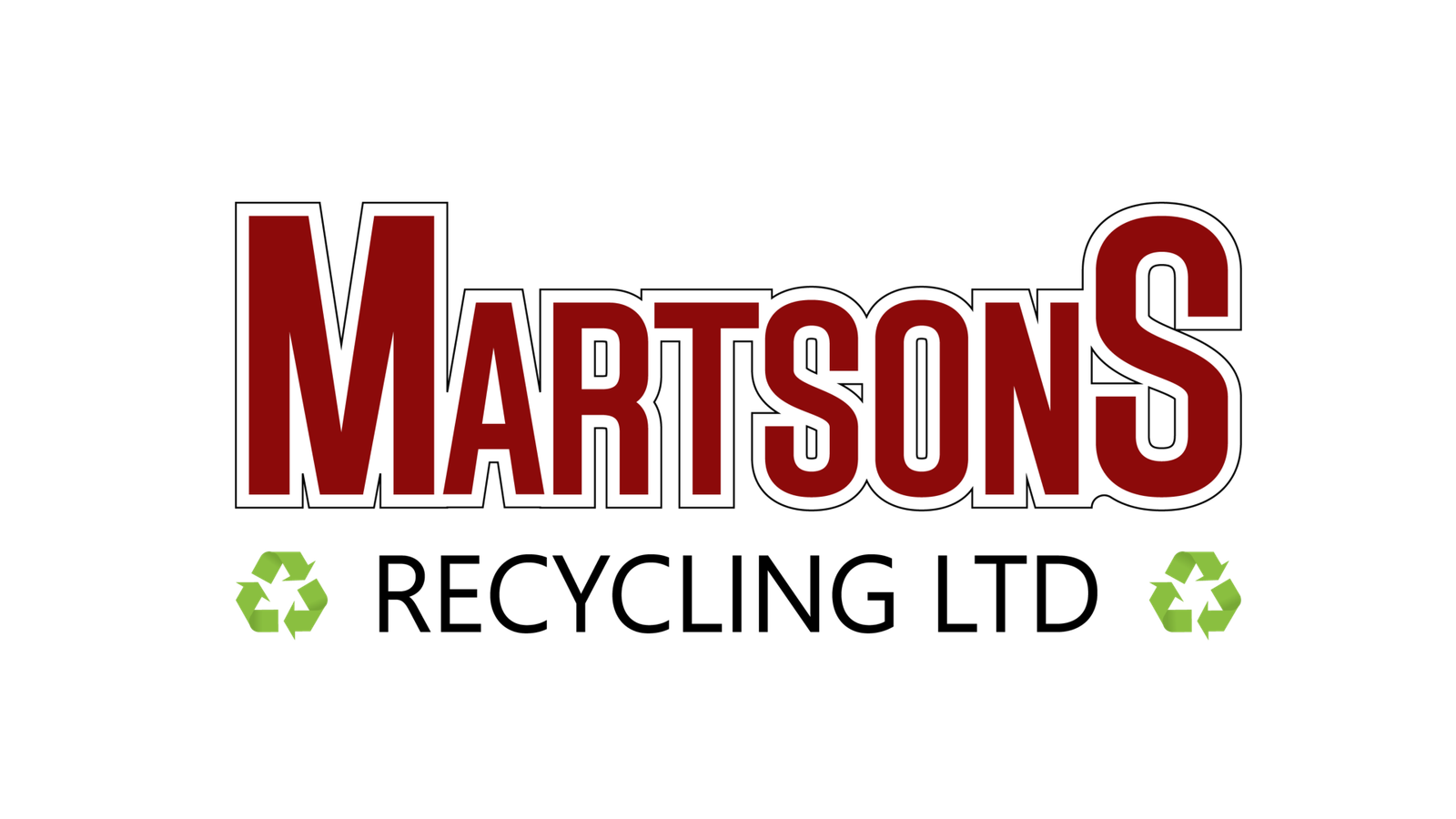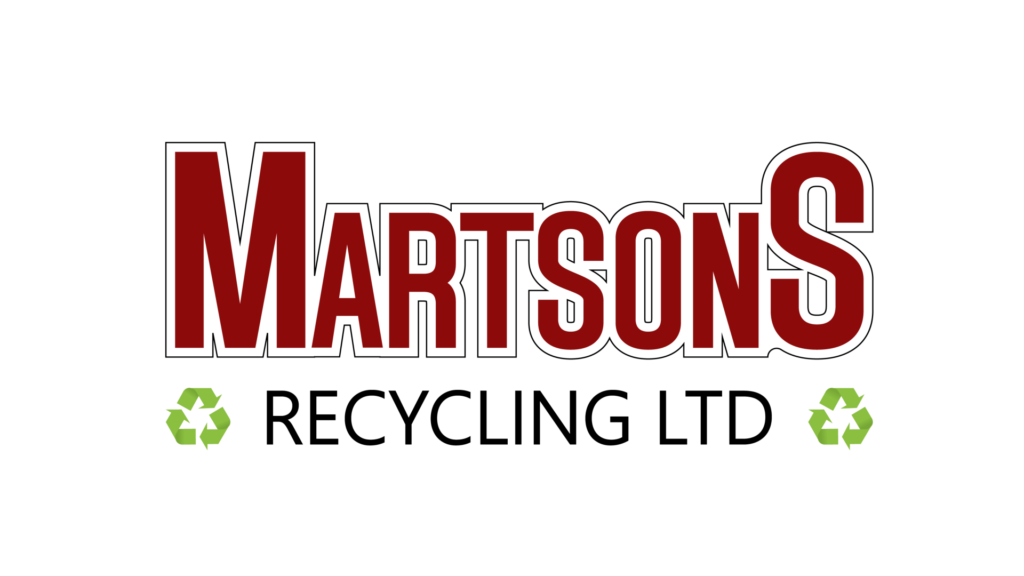For thousands of years, copper and copper alloys have been recycled.
This has been a normal economic practice, even if regretted by some. One of the wonders of the old world, the Colossus of Rhodes, a statue spanning the entrance to Rhodes Harbour, was said to have been made of copper. No trace of it remains since it was recycled to make useful artefacts.
In the Middle Ages it was common that after a war the bronze cannons were melted down to make more useful items. In times of war even church bells were used to produce cannon.
The entire economy of the copper and copper alloy industry is dependent on the economic recycling of any surplus products. There is a wide range of copper based materials made for a large variety of applications. To use the most suitable and cheapest feedstock for making components gives the most economic cost price for the material.
Scrap Value – Copper
The usual commercial supplies of pure copper are used for the most critical of electrical applications such as the production of fine and superfine enamelled wires. It is essential that purity is maintained in order to ensure high conductivity, consistency and freedom from breaks during rod production and subsequent wire drawing. Since the applied enamel layers are thin but have to withstand voltage, they must have no surface flaws; consequently the basis copper wire must have an excellent surface quality. Primary copper of the best grade is used for producing the rod for this work.
Therefore uncontaminated recycled process scrap and other scrap that has been electrolytically refined back to grade ‘A’ quality may also be used.
The copper used for power cables is also drawn from high conductivity rod but to a thicker size than fine wires. The quality requirements are therefore slightly less stringent. The presence of any undesirable impurities can cause problems such as hot shortness which gives expensive failures during casting and hot rolling. For the same reason, scrap containing such impurities can only be used for this purpose if well diluted with good quality copper.
For non-electrical purposes, copper is also used to make large quantities of plumbing tube, roofing sheet and heat exchangers. High electrical conductivity is not mandatory and other quality requirements are not so onerous. Secondary copper can be used for the manufacture of these materials, though still within stipulated quality limits for impurities.
Where scrap copper is associated with other materials, for example after having been tinned or soldered, it will frequently be more economic to take advantage of such contamination than try to remove it by refining. Many specifications for gunmetals and bronzes require the presence of both tin and lead so this type of scrap is ideal feedstock. Normally it is remelted and cast to ingot of certified analysis before use in a foundry. Scrap of this type commands a lower price than uncontaminated copper.
Scrap Value – Brasses
The recycling of brass scrap is a basic essential of the economics of the industry. Brass for extrusion and hot stamping is normally made from a basic melt of scrap of similar composition adjusted by the addition of virgin copper or zinc as required to meet the specification before pouring. The use of brass scrap bought at a significantly lower price than the metal mixture price means that the cost of the fabricated brass is considerably less than it might otherwise be.
The presence in brass of some other elements such as lead is often required to improve machinability so such scrap is frequently acceptable. Besides the common free-machining brasses, there are many others made for special purposes with properties modified to give extra strength, hardness, corrosion resistance or other attributes, so strict segregation of scrap is essential.
Brass scrap arising from machining operations can be economically remelted but should be substantially free from excess lubricant, especially those including organic compounds that cause unacceptable fume during remelting.
When brass is remelted, there is usually some evolution of the more volatile zinc. This is made up in the melt to bring it back within specification. The zinc is evolved as oxide that is drawn off and trapped in a baghouse and recycled for the manufacture of other products.
Brass to be made in to sheet, strip or wire form must be significantly free of harmful impurities in order to retain ductility when cold. It can then be rolled, drawn, deep drawn, swaged, riveted, spun or otherwise cold formed. It is normal therefore to make it substantially from virgin copper and zinc, together with process scrap arising from processing that has been kept clean, carefully segregated and identified.


2 thoughts on “Bright Metal Recycling”
Comments are closed.